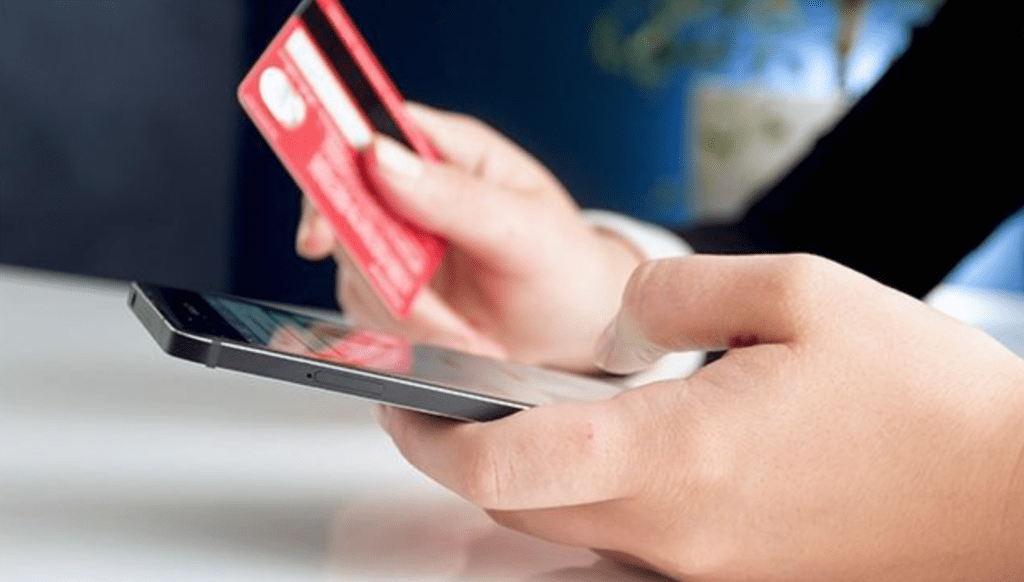With a debit card, you’ll be able to pay for almost anything, and complete the transaction quickly, securely, and conveniently. When you use a debit card, you’ll deduct funds from your connected checking account—so as long as those funds are available, the transaction should go through. Thanks to modern technology and the accessibility of financial institutions, almost anyone can obtain a debit card online and start using it within a few days.
However, before you start using your debit card, there are a few best practices you should know and follow.
Best Practices for Using a Debit Card
Contents
- Best Practices for Using a Debit Card
- 1. Learn the difference between credit cards and debit cards
- 2. Shop around for the best terms
- 3. Always keep an eye on your balance
- 4. Understand overdraft fees
- 5. Be aware of holds
- 6. Choose a strong PIN
- 7. Sign up for fraud alerts
- 8. Keep an eye out for skimming devices
- 9. Know when to use a credit card
- 10. If lost or stolen, report it immediately
- Starting Small
Follow these best practices if you want to keep your personal finances healthy and in check:
1. Learn the difference between credit cards and debit cards
First, you need to understand the differences between credit cards and debit cards. While debit cards and credit cards look the same and can be used in mostly the same places, they actually serve a different function. When you use a debit card, you’ll tap into an existing checking account, withdrawing money you currently have to pay for something. But with a credit card, you’ll be borrowing money to pay for something, and you’ll owe that money later. There are advantages to each, so be sure to know when to use each.
2. Shop around for the best terms
These days, you can usually open a checking account and obtain a debit card for free (or close to free). You also shouldn’t have to worry about transaction fees for most purchases. However, it’s still important to be aware of fees you may be responsible for, interest rates you might see, and conditions for using the card. Shop around to find the best fit and the best deal.
3. Always keep an eye on your balance
If you don’t have the funds in your account to pay for something with a debit card, the transaction won’t go through—or you may face an overdraft fee. You should be aware of the balance in your checking account at all times, which means checking in before a big purchase and keeping track of your smaller transactions. You can probably log into your account at any time, so there’s no excuse not to be aware of this.
4. Understand overdraft fees
By default, if there isn’t enough money in your account to cover a charge, your transaction will not go through. However, you can opt into a plan that allows the transaction, but also charges you an overdraft fee. Be aware of your options, and choose the option that works best for you.
5. Be aware of holds
Sometimes, companies and organizations will place a “hold” on your account for a specific amount, as a way to hold you responsible for an amount of money in the future. Make sure you inquire about holds for major purchases, and be aware that these may limit your spending power.
6. Choose a strong PIN
When you get a debit card, you’ll choose a PIN, but make sure you choose something secure. Choosing things like 1111, 1234, or your birthday can leave you susceptible to theft.
7. Sign up for fraud alerts
f your bank offers fraud alerts, sign up for them. These proactive warnings can help you notice suspicious charges in your account, and take action while you still can.
8. Keep an eye out for skimming devices
Some thieves attempt to steal debit card information with the help of skimming devices, which are installed on card swiping machines at physical businesses. Be on the lookout for any suspicious materials or markings on these devices, and don’t swipe your card mindlessly.
9. Know when to use a credit card
Credit cards tend to offer more consumer protections than debit cards, so they’re often used in place of debit cards for large or riskier transactions. Don’t rely exclusively on a debit card for all your purchases.
10. If lost or stolen, report it immediately
Eventually, you may find that your debit card is missing. Perhaps you left it at the counter of the coffee shop, or maybe it was stolen out of your wallet. Either way, if you’re unsure of its whereabouts, you should report its loss immediately. This way, you can prevent any fraudulent activity and get a replacement as quickly as possible.
Starting Small
If you’ve never used a debit card before, consider starting small. Open a checking account with a minimal amount of money in it, and only use your debit card for a portion of your transactions. As you get more comfortable with how your debit card works, and more familiar with best practices for security, you can gradually increase your reliance on this useful financial tool.

